The workshop was attended by leaders of associations, businesses, scientists and experts in the fields of nutrition and agriculture .
Increase domestic consumption, expand export opportunities
Speaking at the workshop, Deputy Minister Truong Thanh Hoai emphasized that milk is considered a "healthy food" suitable for all ages. All nutritional active ingredients such as vitamins, minerals, proteins, carbohydrates and essential fats are found in milk.
According to statistics, the average milk consumption per capita in Vietnam is about 27 liters/person/year. It is forecasted that the average milk consumption per capita will continue to increase by 7-8% annually. Compared to other countries in the region, the average milk consumption per capita in Vietnam is still low compared to the world , while Thailand is 35 liters/person/year, Singapore is 45 liters/person/year and European countries are 80-100 liters/person/year.
The dairy industry development strategy for the period up to 2030, with a vision to 2045, is of great significance to the country's socio -economic development. After more than 10 years of implementing Decision No. 3399/QD-BCT dated June 28, 2010 approving the Development Plan for Vietnam's dairy industry to 2020, with a vision to 2025, the set goals have been achieved. In 2023, the country's fresh milk output will reach about 1.86 billion liters, and powdered milk will reach about 154.8 thousand tons. However, the source of fresh milk exploited from domestic dairy cows only meets about 38% of the demand for processed milk.
According to Deputy Minister Truong Thanh Hoai, in the face of the trend of development and international economic integration, along with Vietnam's participation in Free Trade Agreements, including a number of new generation Free Trade Agreements such as CPTPP, EVFTA... will create many new opportunities for our dairy enterprises to develop strongly; dairy products have great opportunities to export and expand to international markets.
However, along with the opportunities are new challenges for the development of Vietnamese dairy enterprises such as competitive pressure from foreign enterprises, changes in tastes and consumption habits with clean products, organic products, milk products with new formulas, etc. In the face of the above opportunities and challenges, the Dairy Industry Development Strategy is built to play an important role in helping to orient the industry's enterprises to have a new, creative, and sustainable direction in development.
At the workshop, Dr. Nguyen Van Hoi, Director of the Institute for Strategy and Policy Research on Industry and Trade (Ministry of Industry and Trade) said that the dairy industry plays an important role in the economy and nutrition, providing essential food sources and supporting human health; bringing income to livestock farmers, ensuring food security and providing nutrition for the community.
In recent times, Vietnamese dairy enterprises have been proactive and creative in finding suitable directions such as: investing in new technology, modern production and processing equipment along with smart distribution systems to create new products with high quality and reputation, meeting domestic and foreign markets.
In addition, with the country's geographical and climatic characteristics being very favorable for the development of dairy cows, investing in the development of the dairy industry not only creates conditions for businesses to develop production with low labor costs, but also provides livelihoods for people who are unemployed and lack income, contributing to hunger eradication, poverty reduction, enhancing social security, and linking business interests with the community.
"The Vietnamese dairy industry has great conditions and room for development. However, in order for the Vietnamese dairy industry to develop sustainably and in the right direction, related issues need to be researched, analyzed, identified, and evaluated in order to build a comprehensive and feasible solution system," Dr. Nguyen Van Hoi emphasized.
Dairy industry with the goal of a healthy Vietnam
At the workshop, delegates focused on exchanging, discussing and giving opinions on 4 main groups of issues: The role of the dairy industry in improving public health, towards the goal of "for a healthy Vietnam"; the link between the development of the dairy industry and the livestock industry, aiming to build a sustainable value chain; the position and role of enterprises in implementing strategic orientations for industry development; applying science and technology to promote modern production and processing, ensuring green and sustainable development.
Mr. Nguyen Xuan Duong, Chairman of the Vietnam Livestock Association, informed that according to the report, domestic fresh milk production currently only meets about 38-40% of consumer demand, the rest must be imported, mainly in the form of reconstituted milk powder. This not only affects the nutritional value of the product but also weakens the domestic dairy farming value chain.
We only have 3.3 dairy cows per 1,000 people, much lower than Thailand, Japan, and South Korea, and not commensurate with our natural and labor potential. By 2030, without timely and strong policies, the dairy industry will find it difficult to achieve the goal of 60% self-sufficiency in raw materials.
He also proposed parallel development of two models of high-tech intensive farming of large corporations and professional household farming of 30-50 animals. This model makes good use of rural labor and agricultural by-products, while spreading the value of the production chain to the community.
From a business perspective, Mr. Ngo Minh Hai, Chairman of the Board of Directors of TH Group, said: "We invest in the dairy industry to invest in national health, with the model of "from green pastures to clean glasses of milk". It is a transparent journey, applying high technology, self-sufficient in raw materials and aiming for international standards.
Currently, TH owns a herd of nearly 70,000 cows with an average productivity of 35 liters/cow/day - the highest level in the region. The group's high-tech dairy farming project in Nghe An was put into operation after only 14 months, becoming a pioneer model for the industry.
TH Group is also a pioneer in the National School Milk Program. In 2013, TH true MILK school milk product was the first sterilized fresh milk line to be confirmed by the Ministry of Health for its nutritional effectiveness in clinical research.
In many developed countries in the world (such as the US, Japan, Thailand, etc.), the School Milk program is considered one of the effective methods to develop physical condition, improve children's health and contribute to promoting fresh milk consumption. In China, the regulation on banning the use of reconstituted milk has been included in the School Milk program since 2000. Manufacturing enterprises must use 100% pure fresh milk in the entire process of producing milk for students.
By June 2025, 176 enterprises were licensed to use the "China School Milk" brand, with a total fresh milk processing capacity of 9.4 million tons/day. Despite low profits, even having to compensate for losses in some areas, many enterprises still participate for the public good and the sustainable development of the domestic dairy industry thanks to the ability to build long-term milk consumption habits in people's lives.
“Currently, Vietnam has about 13.8 million children of preschool and primary school age. If each child consumes 5 glasses of milk/week in school meals combined with 2 glasses at home, the demand for milk consumption will be about 0.9 million tons/year. TH Group and other dairy enterprises are ready to join the Party and State in taking care of the health of the golden age group," the Chairman of the Board of Directors of TH Group affirmed.
Clearly label "fresh milk" and "reconstituted milk"
At the workshop, Associate Professor, Dr. Vu Nguyen Thanh, Director of the Institute of Food Industry, emphasized that reconstituted milk was once a suitable solution in the context of Vietnam's many economic difficulties, contributing to supplementing nutrition for children during the development stage. However, when socio-economic conditions have changed, the continued use of reconstituted milk or reconstituted milk needs to be considered.
Fresh milk, although superior in nutritional value, is at a competitive disadvantage due to the price difference compared to reconstituted milk. This leads to a paradox in the market, where better nutritional products have fewer opportunities. The problem is that most consumers still confuse “sterilized fresh milk” and “sterilized reconstituted milk” due to the lack of clear distinction in current technical regulations. Mixing powdered milk and then sterilizing it is also called “sterilized milk”, making it difficult for people to identify the nature of the product.
The process of reviewing and rebuilding national technical regulations for dairy products shows that there are still many shortcomings in current regulations.
Firstly, current regulations do not clearly distinguish between milk made from fresh ingredients and milk mixed from reconstituted milk powder, leading to a situation where the same label "sterilized milk" has a completely different product nature.
Second, an important nutritional indicator is fat, which has no minimum mandatory content. This is one of the most valuable components of milk. Fat is not only a source of energy but also plays a role in brain development, provides vitamins A, D, E, K and supports immunity.
Therefore, updating and perfecting technical regulations on milk is urgent, not because there are errors but because reality has changed, requiring appropriate adjustments to protect consumers, especially children, and ensure transparency in the current milk market.
Sharing the same view, Prof. Dr. Le Thi Hop, President of the Vietnam Association of Intellectual Women, former Director of the National Institute of Nutrition, emphasized the role of milk in improving children's physical strength and intelligence, and expressed her views on transparency in distinguishing types of milk, especially in the School Milk program.
According to her, the current debate revolves around the type of milk used in the school milk program. Although the label says "sterilized fresh milk", it is difficult to determine whether it is raw fresh milk or reconstituted milk made from powder. If it is reconstituted milk, the price may be cheaper, but the nutritional quality is certainly not as good as pure fresh milk.
Ms. Hop believes that for dairy products, there needs to be absolute transparency in product labeling and communication, especially with community programs related to children. We cannot cheat consumers, especially young children.
She recommended that management agencies need to have clear regulations on classifying and labeling milk, especially in national programs such as school milk, to build trust and ensure nutritional rights for students.
In his concluding remarks, Deputy Minister Truong Thanh Hoai affirmed that the workshop received many profound, multi-dimensional and highly constructive comments from experts, managers, business representatives, industry associations and scientists.
Practical analysis and assessment, along with practical proposals and recommendations are valuable contributions to perfecting the Vietnam Dairy Industry Development Policy in the coming period.
“I believe that the results of today's discussion will be an important basis for the Ministry of Industry and Trade and relevant ministries and sectors to build a suitable policy system, promote the sustainable development of the Vietnamese dairy industry, ensure product quality, improve the competitiveness of enterprises, and aim to not only meet domestic demand but also reach out to the international market,” Deputy Minister Truong Thanh Hoai emphasized.
Source: https://moit.gov.vn/tin-tuc/phat-trien-cong-nghiep/hoi-thao-khoa-hoc-phat-trien-nganh-sua-viet-nam-den-nam-2030-tam-nhin-den-nam-2045-.html




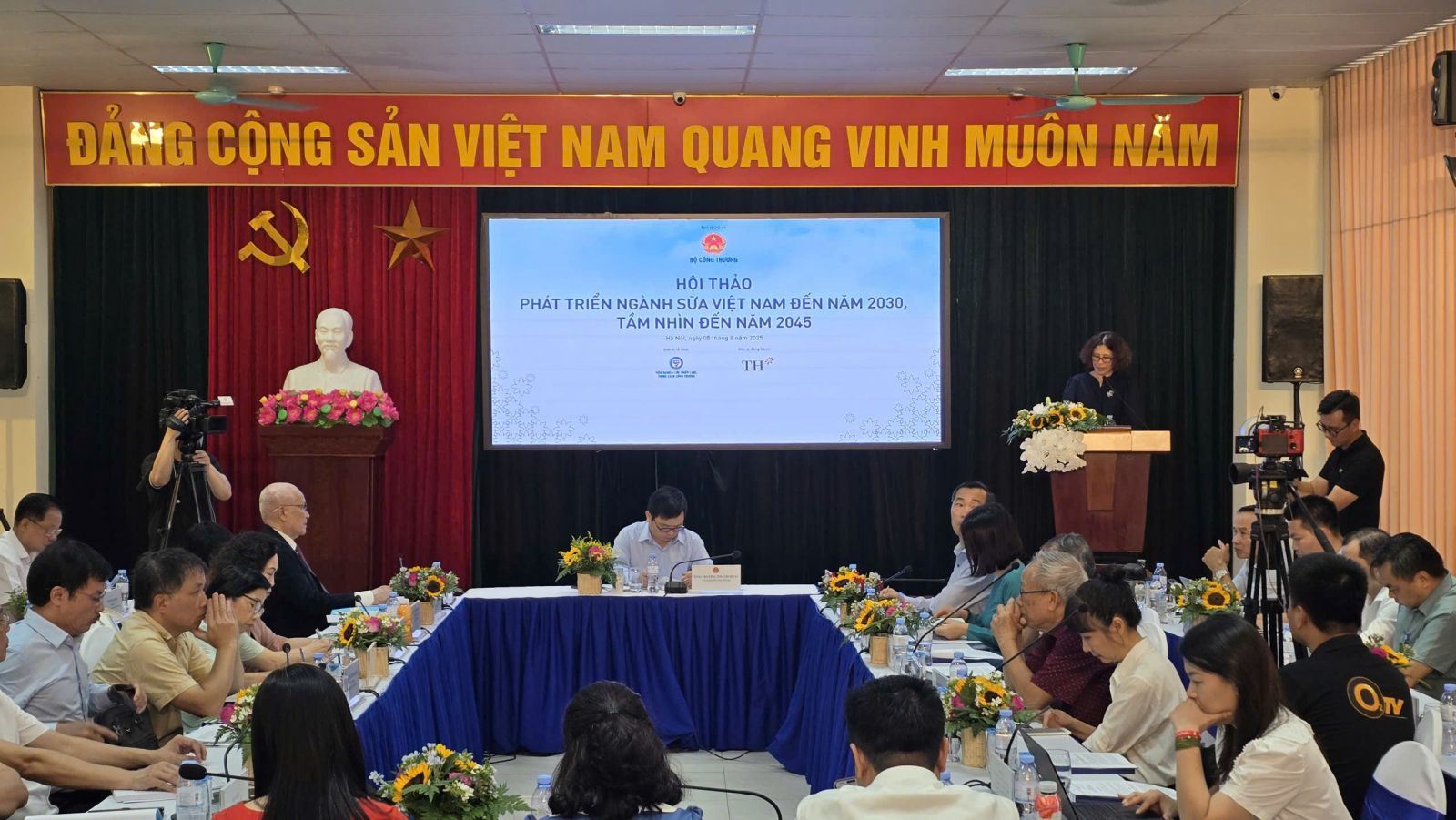
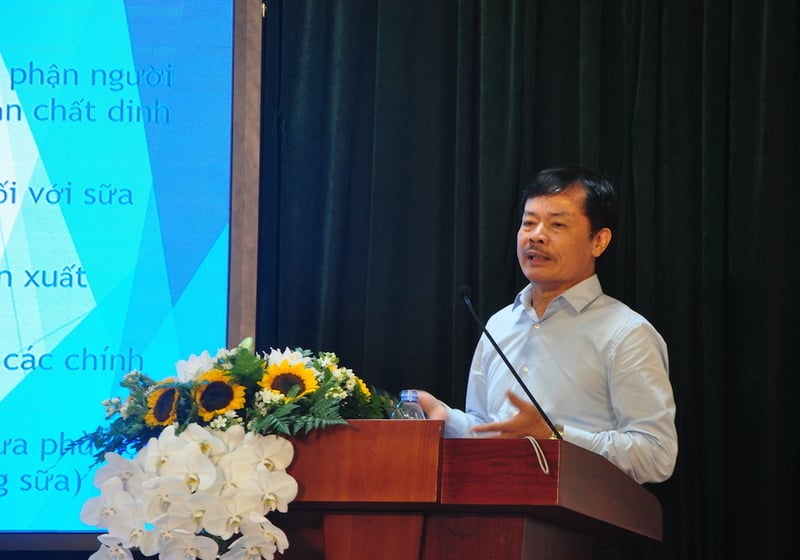
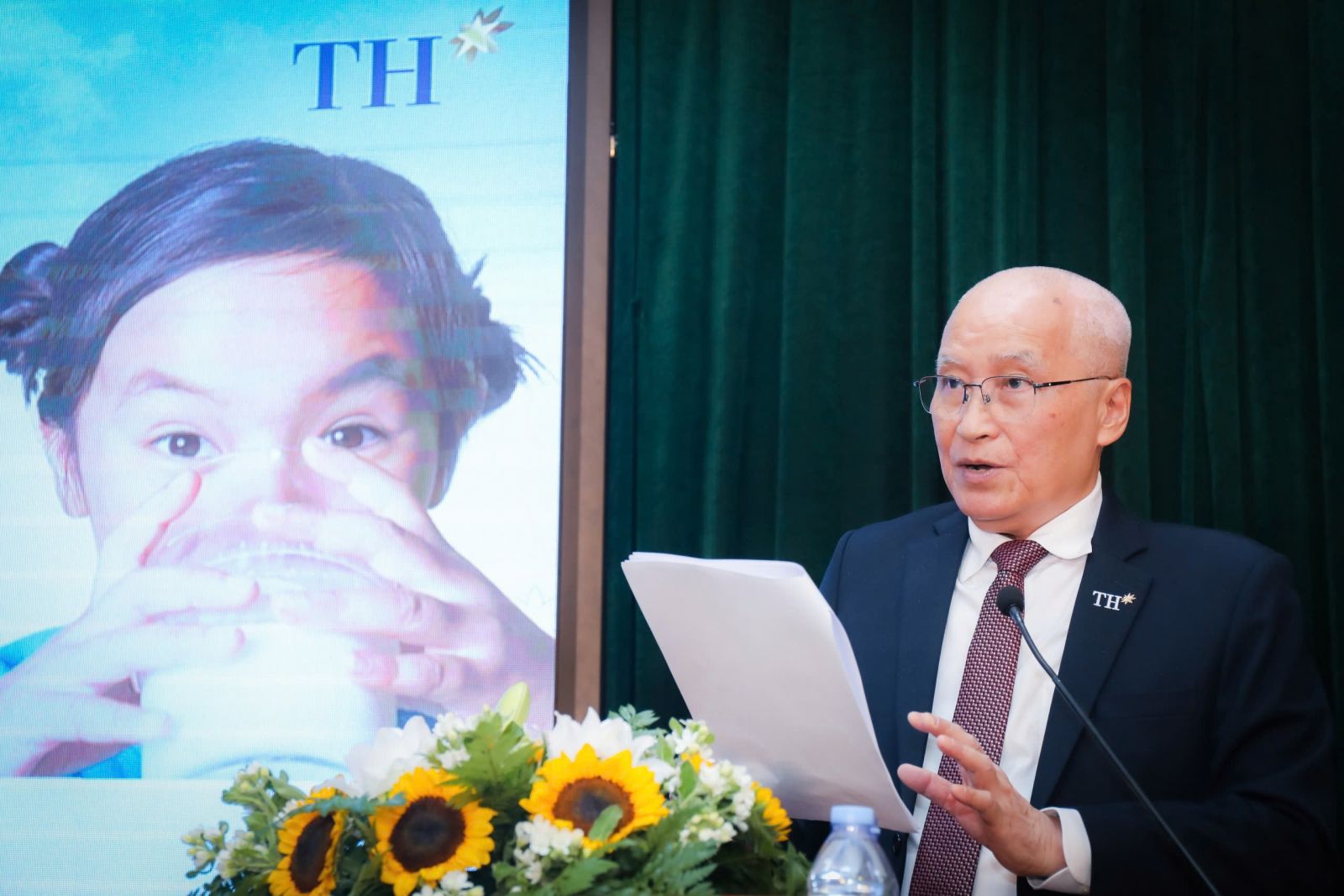

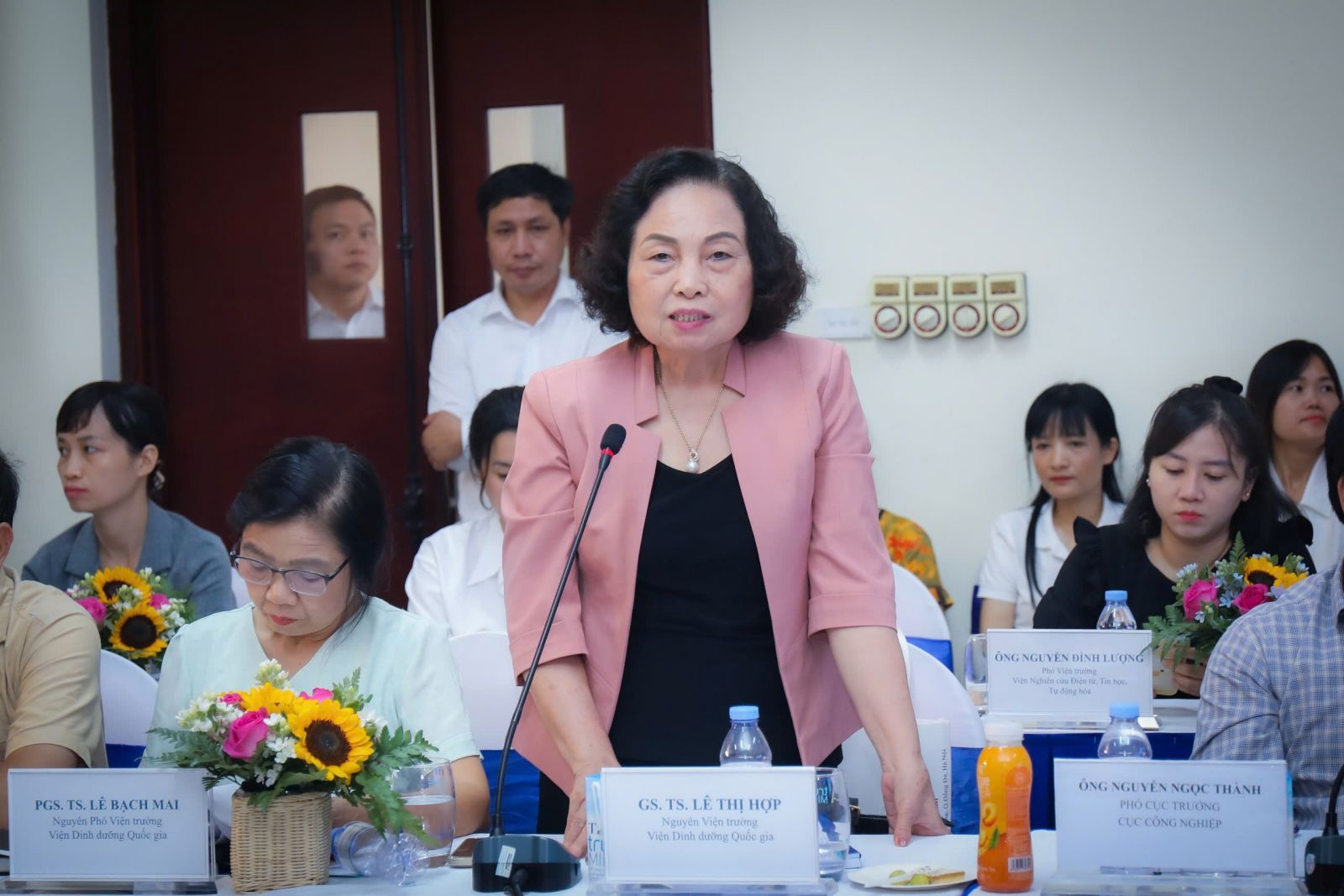

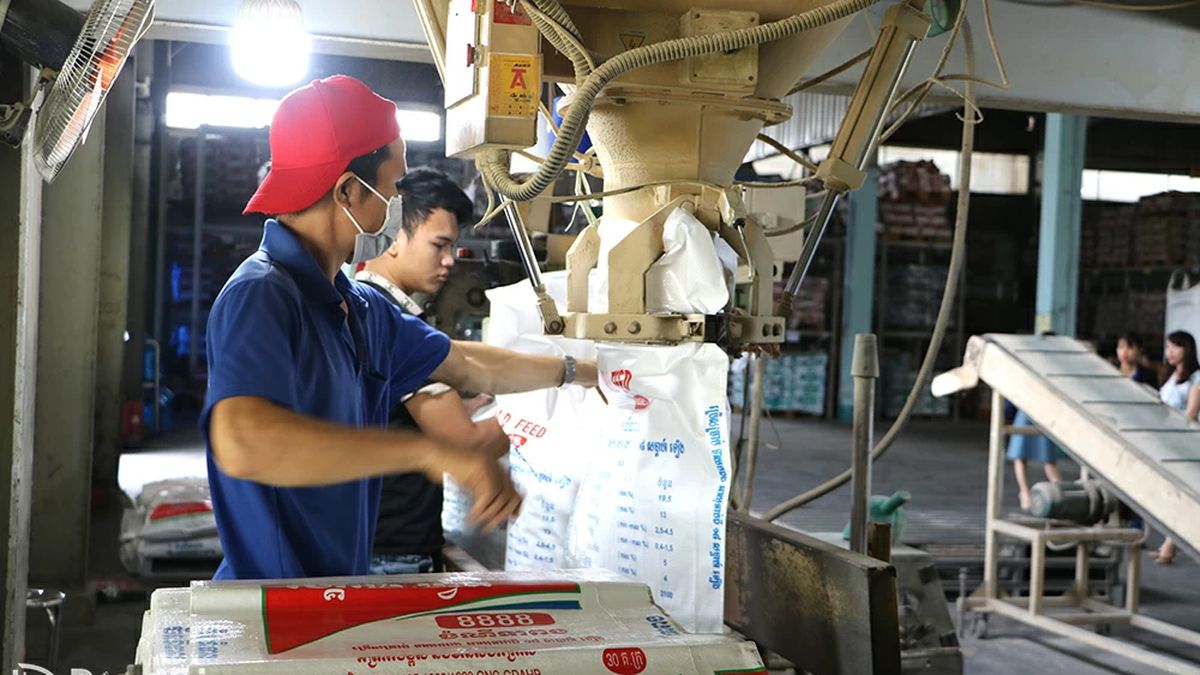


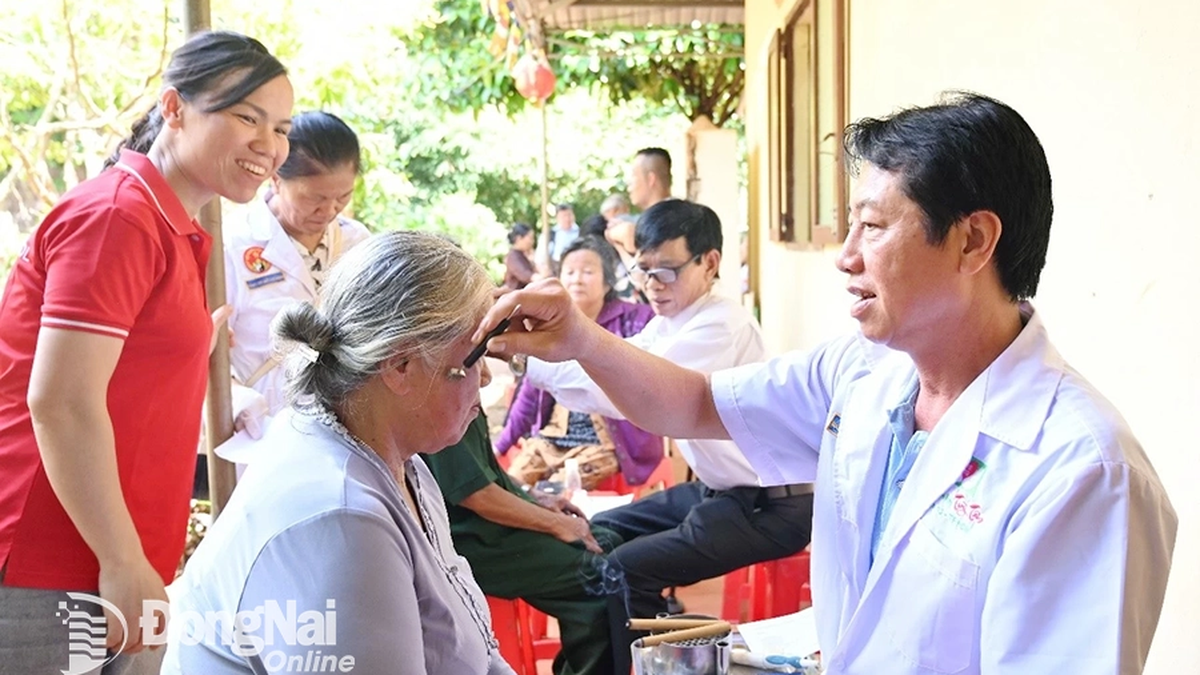



![[Photo] Nghe An: Provincial Road 543D seriously eroded due to floods](https://vphoto.vietnam.vn/thumb/1200x675/vietnam/resource/IMAGE/2025/8/5/5759d3837c26428799f6d929fa274493)












































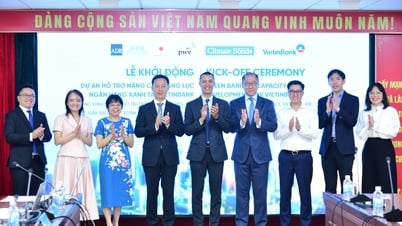




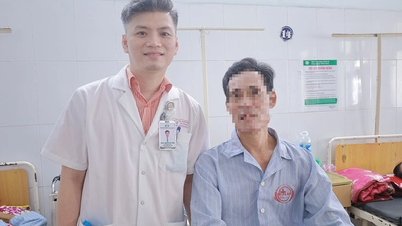
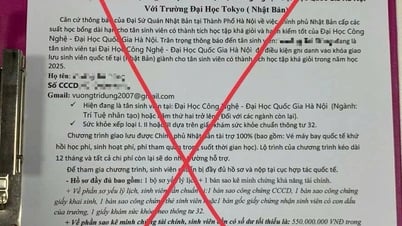



































Comment (0)